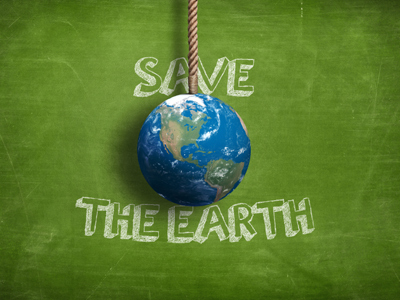
Earth's Structures
This Science quiz is called 'Earth's Structures' and it has been written by teachers to help you if you are studying the subject at middle school. Playing educational quizzes is a fabulous way to learn if you are in the 6th, 7th or 8th grade - aged 11 to 14.
It costs only $12.50 per month to play this quiz and over 3,500 others that help you with your school work. You can subscribe on the page at Join Us
The Earth’s structure is made up of six layers. The top layer is the crust. The crust took on a solid form billions of years ago. It is broken up into huge, very thick 'plates'. The plates then rest upon a rocky mantle. Shifting of the plates can cause major alterations to the Earth’s surface by way of events such as earthquakes and tsunamis.
Ready for more?
not all...
quizzers. Try to win a coveted spot on our Hall of Fame Page.







